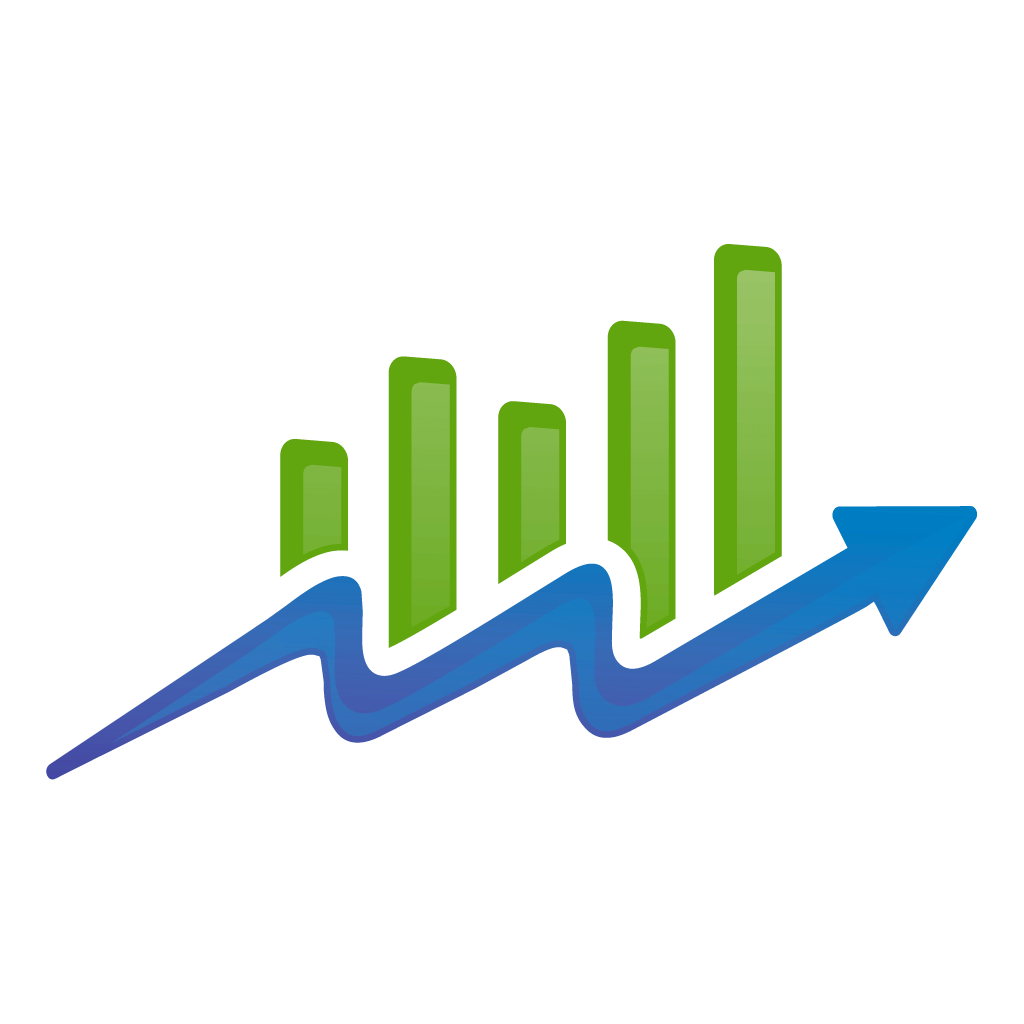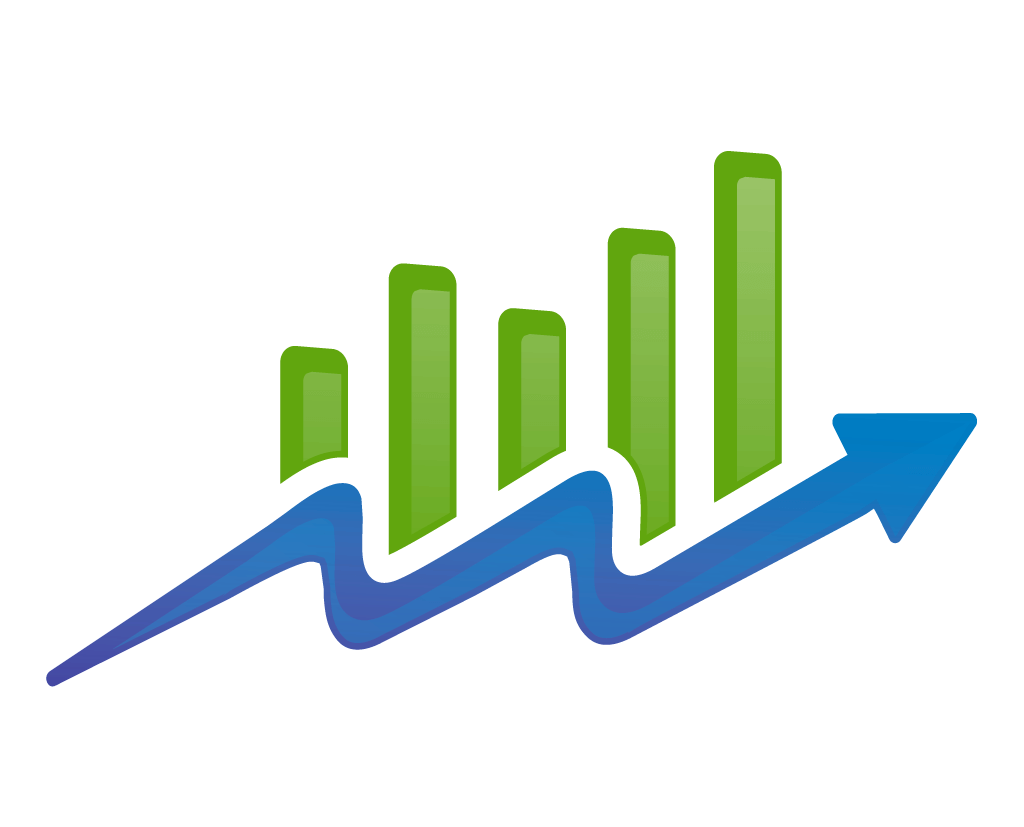Keeping up with competitors online can be stressful, particularly for small business owners.
And, unfortunately, this constant pressure can make it difficult to focus on other aspects of your business.
While there are web-based solutions that will streamline the process, not every startup can afford to subscribe to these services, especially during early stages.
But, here’s the good news: There are completely free alternatives available for entrepreneurs who want to stay on top of their digital marketing efforts.
You don’t have to pay for expensive SEO software or analytics platforms to thrive online.
The main things you need your analysis tools to do are:
- Keep track of your online performance on Google
- Give relevant real-time analytics data to help you make better decisions about your website
- Provide suggestions on how you can optimize your pages
- Show you areas you can improve on
And, as you master these web analytics tools, you’ll discover advanced features that can shape your sites into high-performing assets for your business.
So, let’s dive in and explore what tools you can use to improve your website and SEO at no cost.
Google Analytics
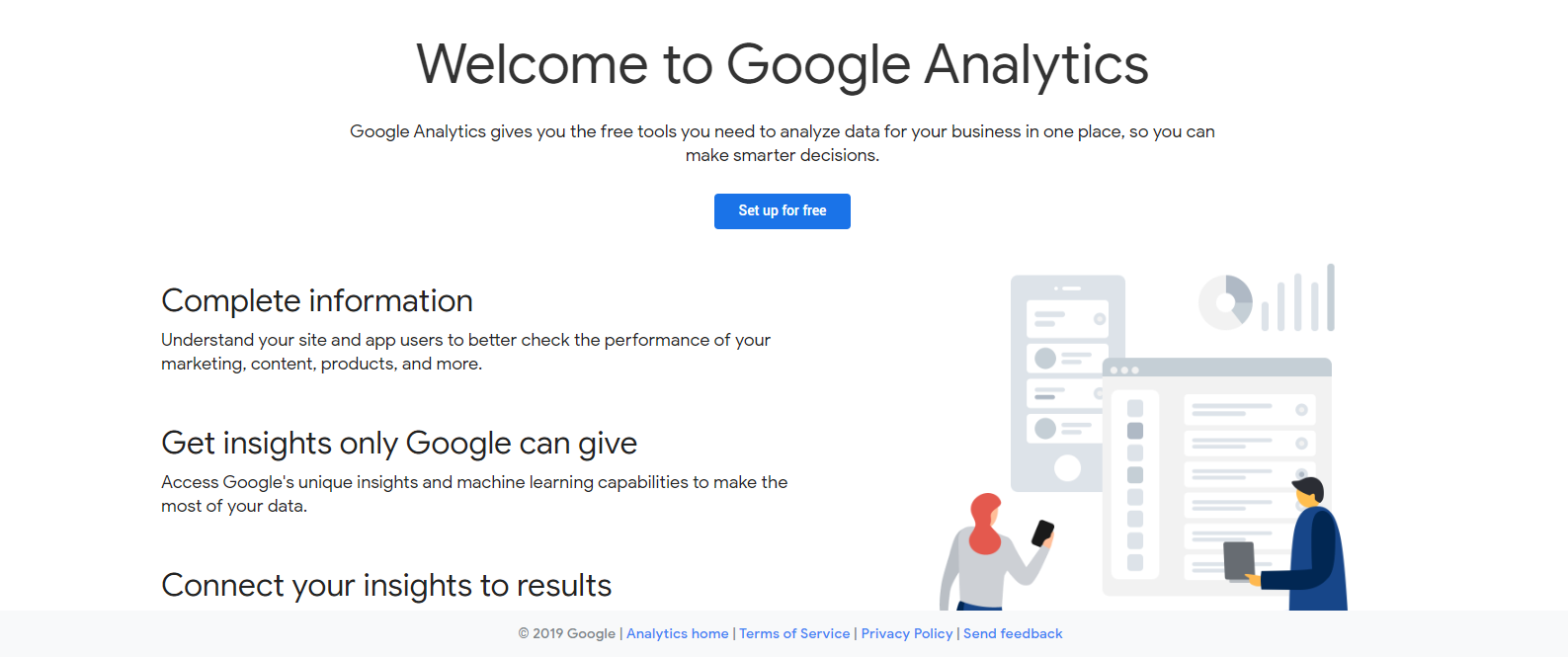
Google Analytics (GA) is a user-friendly tool that’s designed to track and analyze how users interact with your website.
Hands-down, it’s the best analytics platform for those purposes today. Universally accepted and battle-tested, you can’t go wrong with GA.
I’ll discuss more of GA’s benefits and features in a bit. For now, you need to know the two primary elements of Google Analytics:
- It shows how many users are visiting your website
- It also provides detailed insights on user behavior
Using this data, you’ll be able to make changes to drive more users to your site and also turn more visitors into leads and/or sales.
Why All Site Owners Need Google Analytics
All your efforts—be it email marketing campaigns, social media posts, or blogs—will all eventually lead back to your website.
And, the good news is: GA can be your primary source of information regarding your website traffic.
Knowing how many people visit your site, in itself, is pretty essential. It’s also a base component of your marketing strategy. But GA does more than that.
By inserting a GA tracking code on your website, you can see relevant data such as:
- Which pages your users visited
- How they found you
- How many unique visitors you had
- What device they were using
GA tells you how many page views you’re getting, which gives you a sense of the overall user experience.
Not only does it see who visits your page, but it also tells you their age, location, and gender, among other things.
Even better, it measures your bounce rate, which is the rate at which a potential customer leaves a page without taking any action (or a visitor who hits the back button upon arrival).
With these metrics, you can see if you’re hitting your target demographic and make changes to your pages if you think you’re not hitting your mark.
And GA’s results give you valuable insights so you can come up with the best key SEO strategy and options.
How to Use Google Analytics
If you want to start using Google Analytics, the first step is to create a Google account (or just use your existing one). Next, log in to Google Analytics.
Once logged in, GA will walk you through the setup process. Just fill in all the required fields.
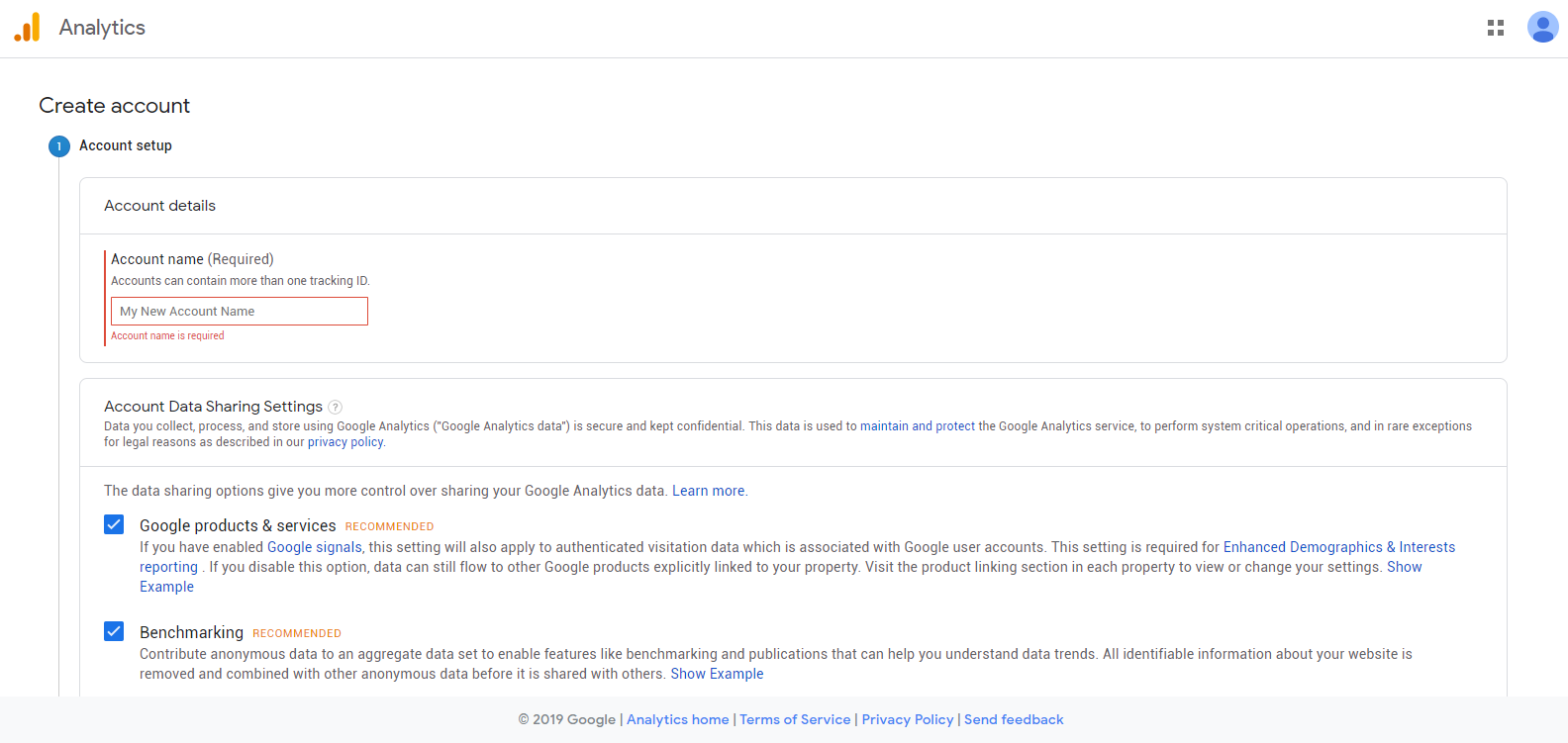
After that, GA will give you a chance to configure your analytics the way you see fit, including making adjustments to the account name and time zone.
You can also set up how you want your reports to be displayed.
When you’re ready, you can add the tracking code that GA provides and insert them on all the pages on your website.
Google Analytics has a guide on how to add the tracking code, in case you need some help.
Do note that once installed, GA will need a day or two before it can display data about your site in real-time.
But here’s what you can expect to see once Google Analytics is up and running. 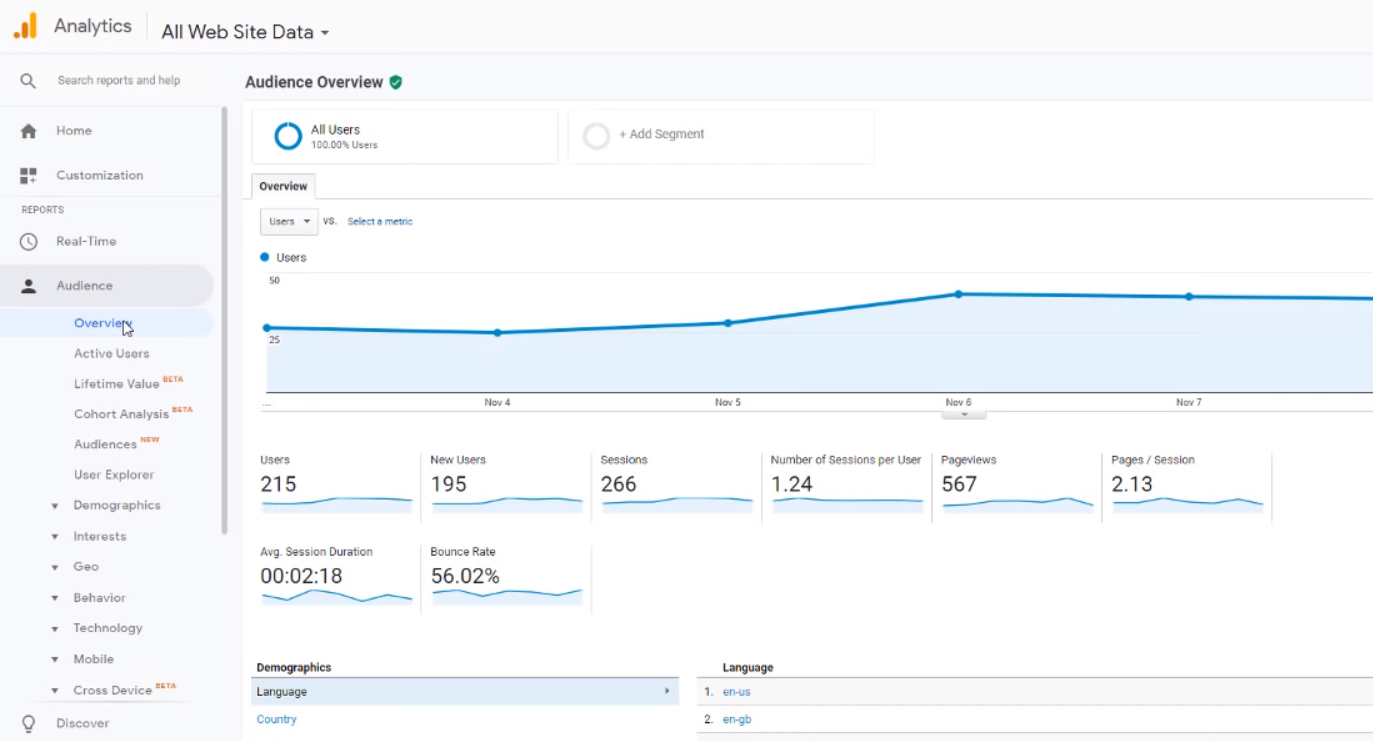
This is your main dashboard. On the left column, you’ll find the main categories. You can toggle between each one depending on the information you’re looking for.
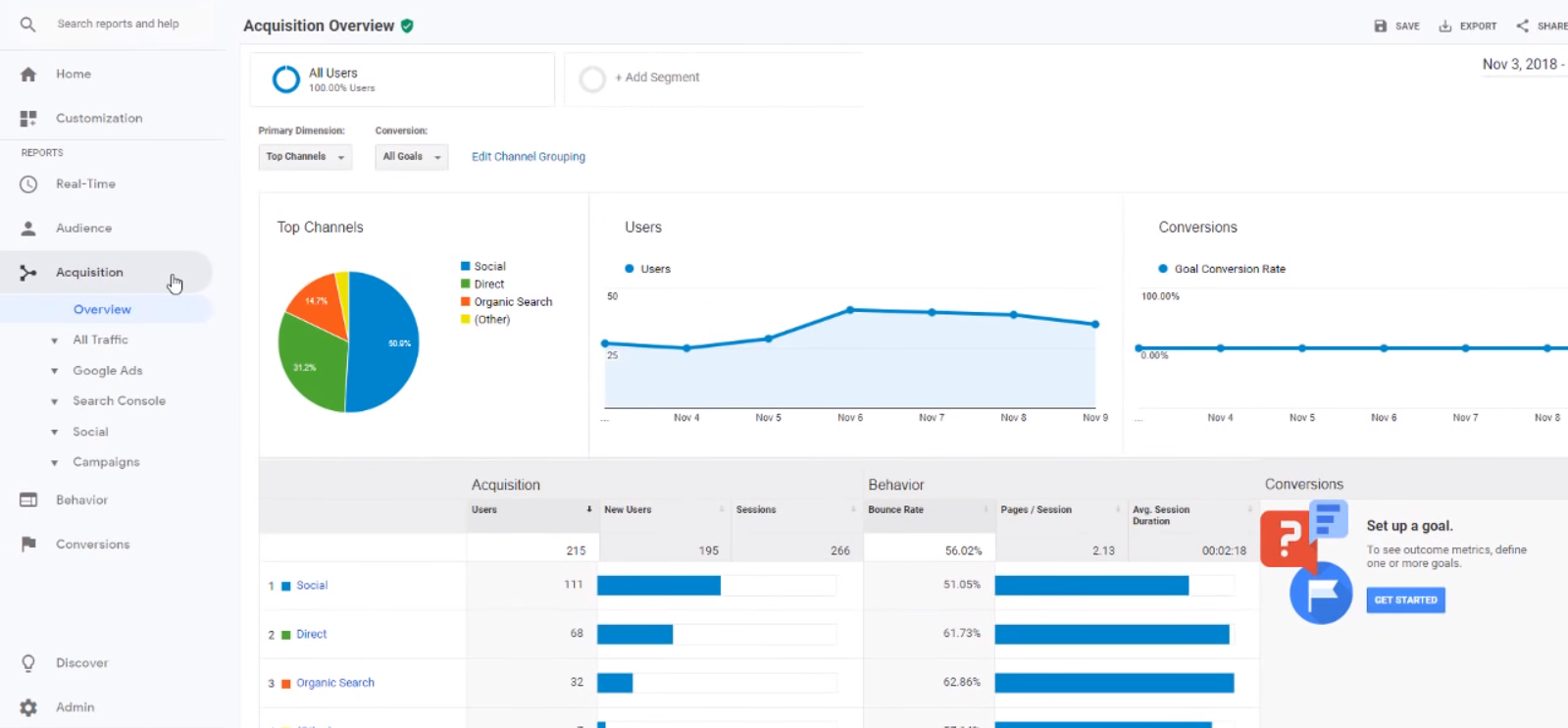
Under Acquisition > Overview, for example, you’ll find where you’re getting your audience from. If you want to know how many people are finding you through social media, this is where you’ll find that info.
And again, this is just a taste of what GA has to offer. There are even more things you can do with this tool if you explore more in-depth.
Google Search Console
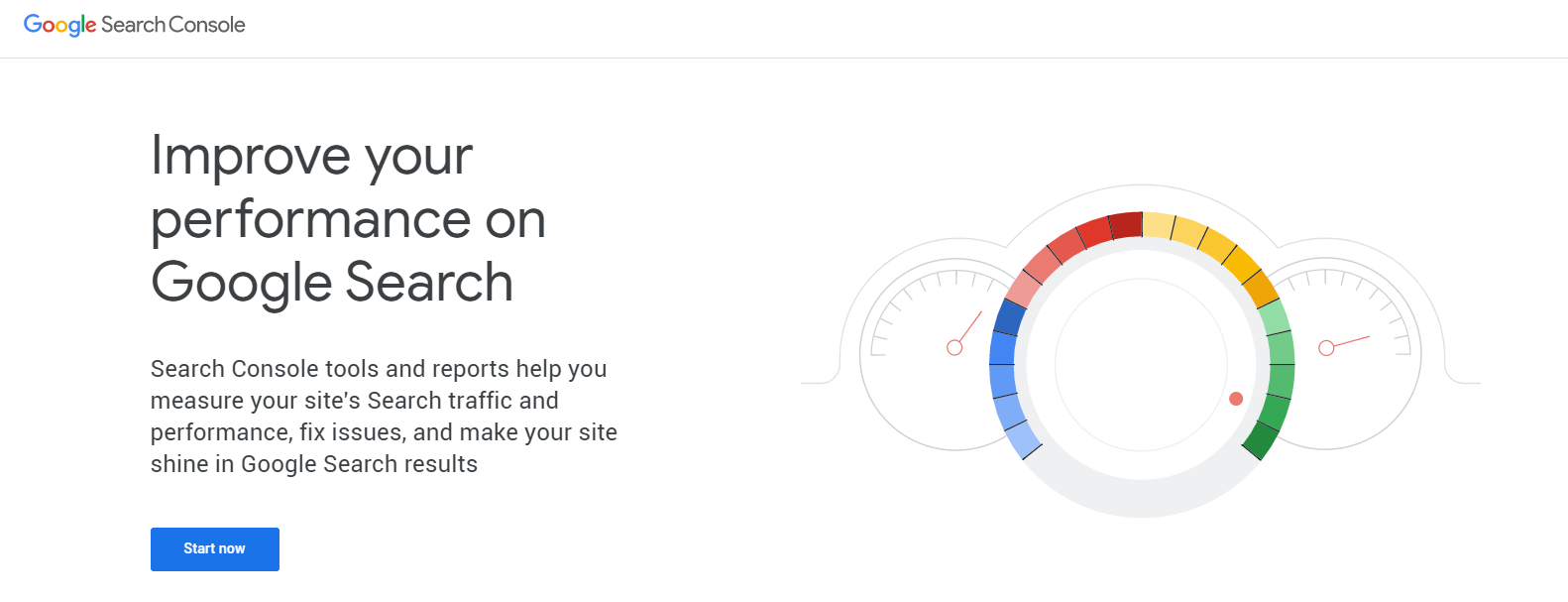
Google Search Console is another free tool that’s offered by Google for webmasters. You may still hear it referred to as “Google Webmaster Tools” which was the products official name for many years in the past.
Like Google Analytics, this tool provides data like how many people view your site and where they’re coming from.
But it’s exclusively focused on organic search results and organic performance.
It’s also able to identify any technical issues your site could have, which is vital. And it can tell if Google is having trouble crawling your site.
Plus, it informs you if your domain is not suited for mobile users, and how to improve your presence on search engines.
So, Google Search Console is a must-have for online marketers.
Why All Site Owners Need Google Search Console
Honestly, Google Search Console is simple and easily accessible.
It presents data is a way that even new users can understand what’s going on.
Plus, it detects troubleshooting issues so you can quickly address them on your website.
Not only that, but Google Search Console provides insights on:
- Show how much traffic your site is receiving
- Whether Google can crawl your site
- Problems that are preventing your domain from indexing
- Sites that are linking to your web pages
How to Use Google Search Console
To start, you can sign up for Google Search Console.
However, you’ll need to verify your ownership of the domain first. After all, you’re going to receive sensitive information that you don’t want in the wrong hands.
Fortunately, Google has a page that’s all about site verification if you’re interested in learning more.
Note: If you already have Google Analytics installed on your website, you can just link Search Console to it. For the best results, you must install GA first. You can install Search Console from GA by going to Admin > Product Linking > All Products > Search Console. Then click Adjust Link.
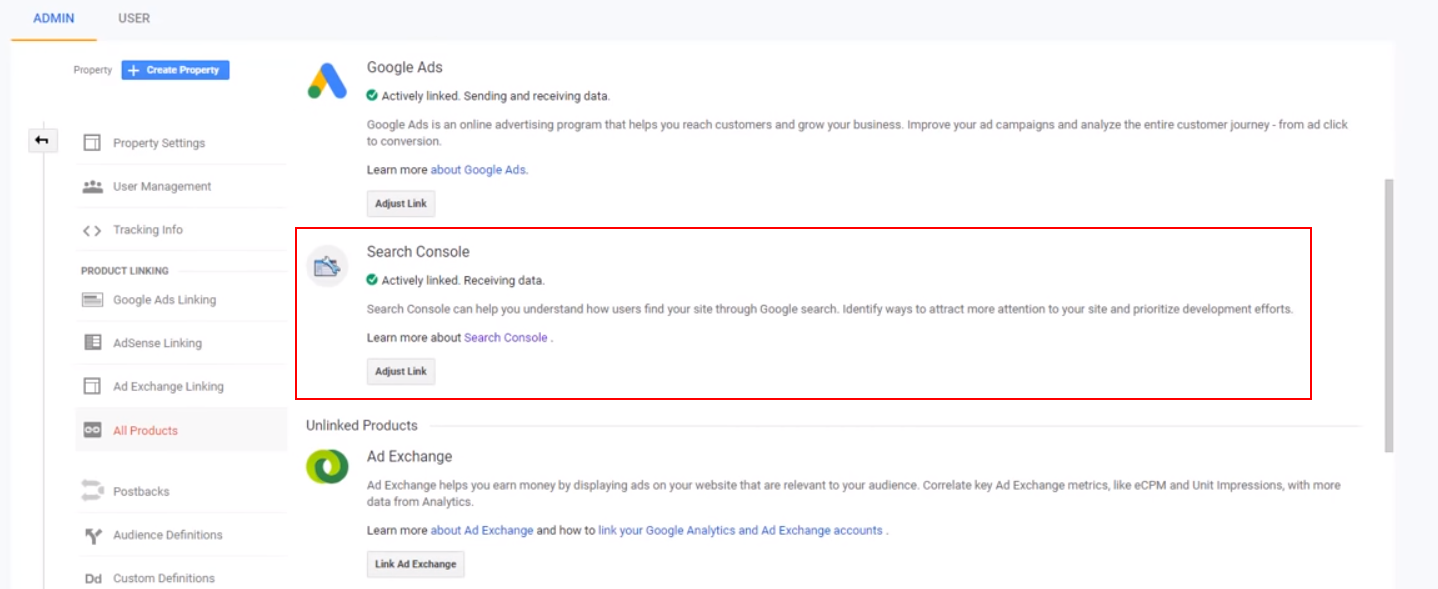
There are other methods of installing Google Search Console, but it requires users to have some HTML knowledge to pull it off correctly. Going through Google Analytics is definitely the simplest method.
Once the tool verifies your installation, you’ll be able to access the main dashboard.
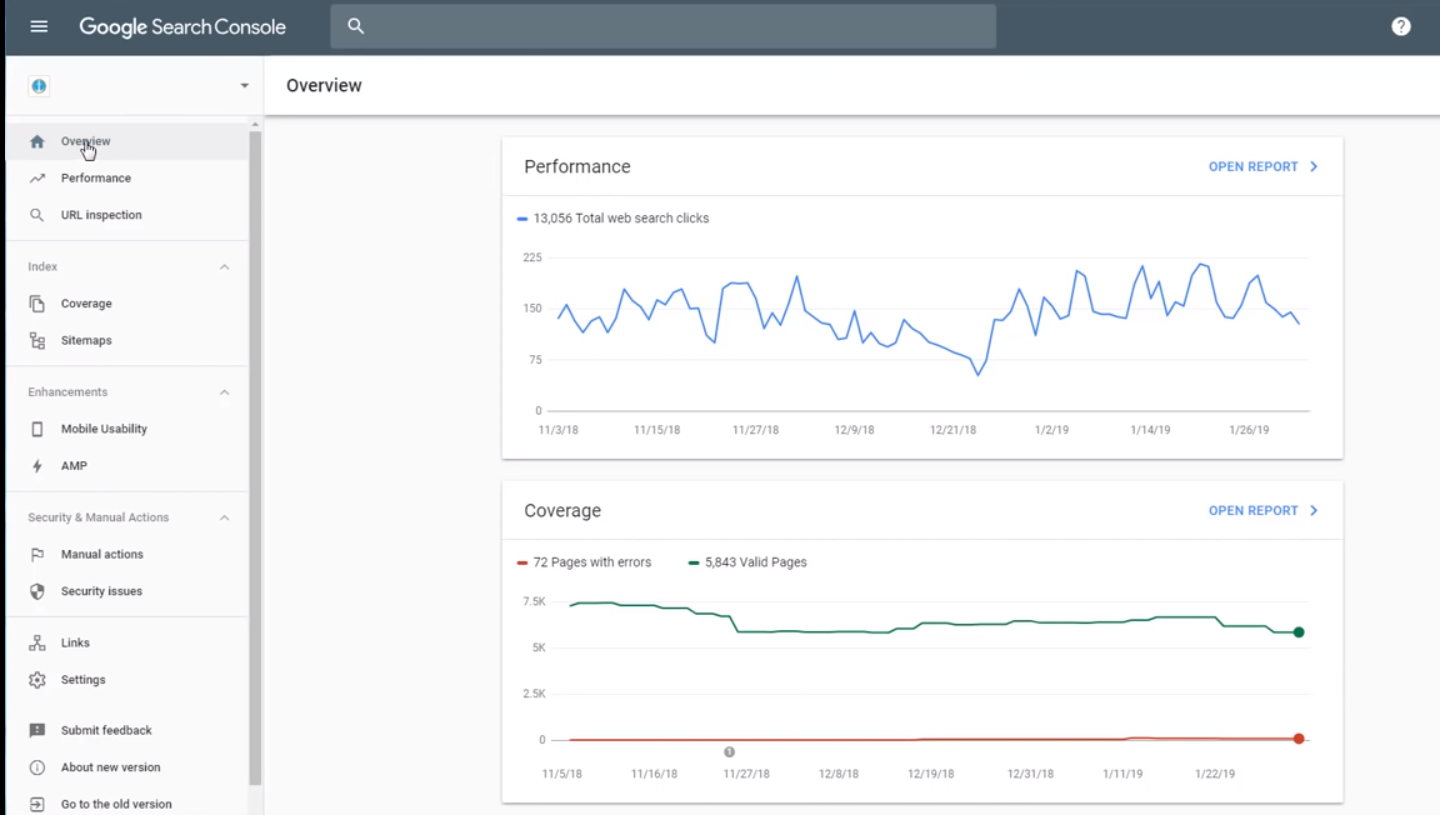
From there, you can use the sidebar to navigate all the web tool’s features.
Take a look at your site performance, mobile usability reports, links, and other details that could help improve your site.
One of the critical features of the Search Console is the ability to submit sitemaps. This feature allows you to tell search engines how your site is structured and what information you can find on your website.
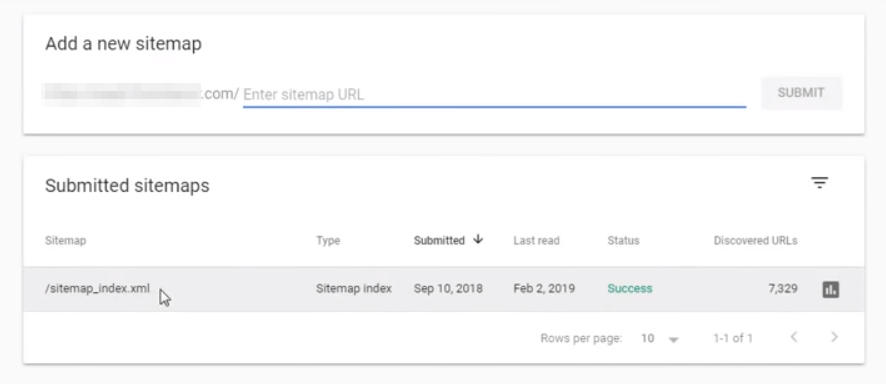
Once you’ve compiled a list of errors, you can go ahead and take corrective actions, so you don’t receive any more red flags from Google.
Google has a guide on getting started with the Search Console if you need more information.
And to be clear, Google Analytics and Google Search Console are not the same. Each provides different sets of data to help grow your website.
That said, you need to use both if you’re serious in making the most out of your site’s performance.
Additional Useful Tools and Resources
As mentioned, both tools above should be enough to help increase your website’s traffic and conversions.
However, they may not provide all the information you’re looking for!
So, if you’re looking for other web tools to help unearth even more information to improve your website, check out the list below.
Crazy Egg
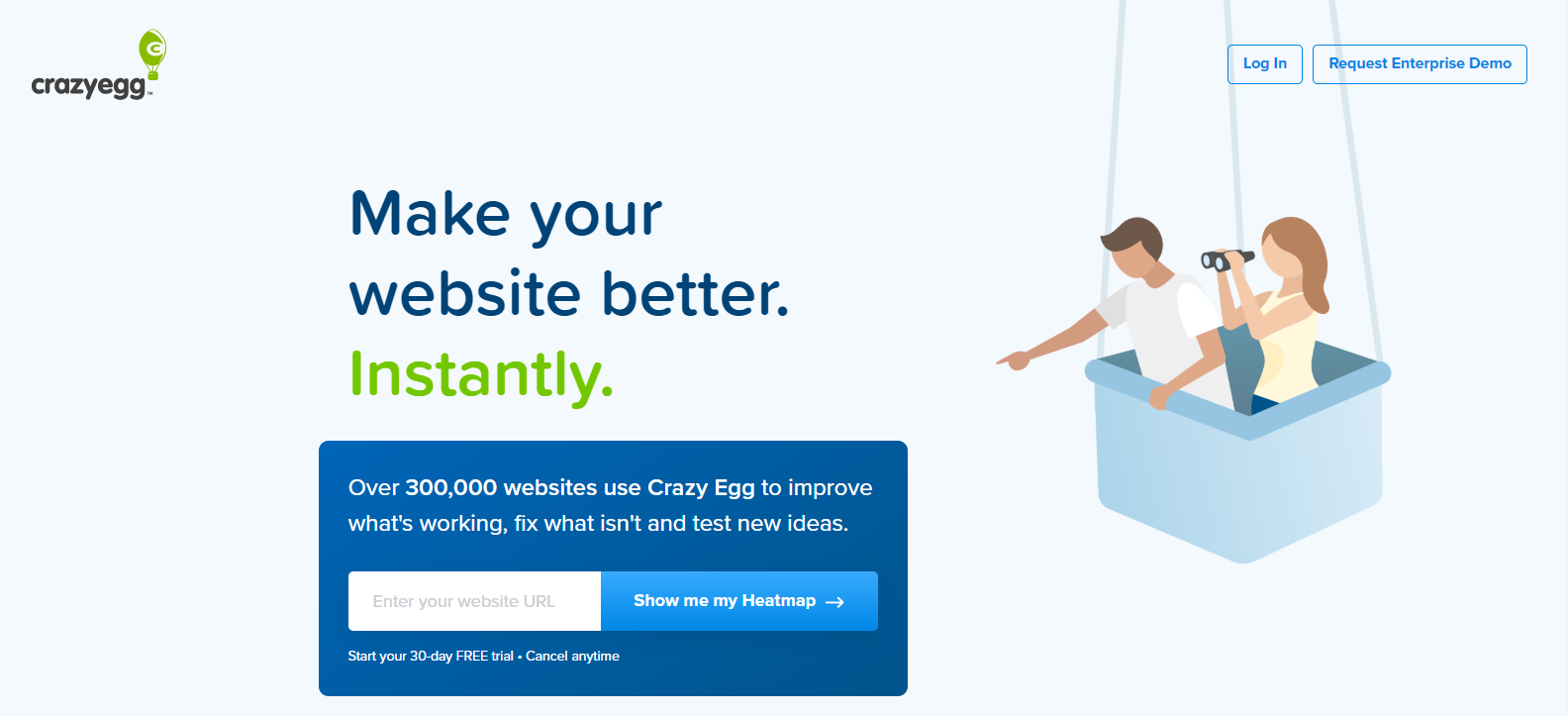
Crazy Egg provides website analytics — specifically, heatmaps of your pages. This is a visual way of seeing which areas of your content marketing campaign your visitors are focusing on.
It also has an A/B test feature, which is handy when it comes to sales conversion.
So, these insights can help you determine what’s working and what isn’t.

And it’s especially useful if you’re running multiple companies or have a fair amount of media content to push out.
Plus, A/B testing is a great way to see what page options and features your visitors prefer.
Ubersuggest
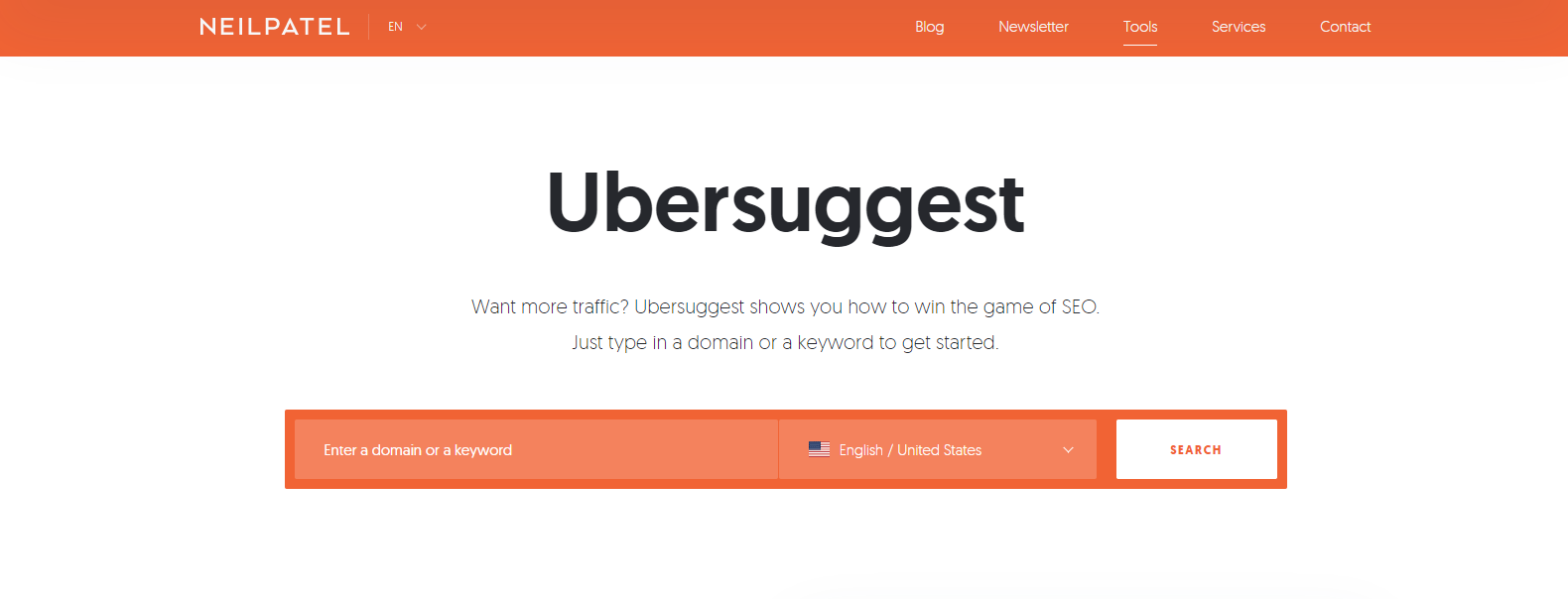
Ubersuggest is a free tool developed by Neil Patel, which allows you to do keyword research.
If you’re trying to target a niche audience for your new website, or just improve your old one, then Ubersuggest can definitely assist.
Plus, it’s easily accessible. It gives you an idea of what keywords are popular, depending on your search.
Just go to the website, enter the keyword you want to target, and Ubersuggest will provide loads of statistics.
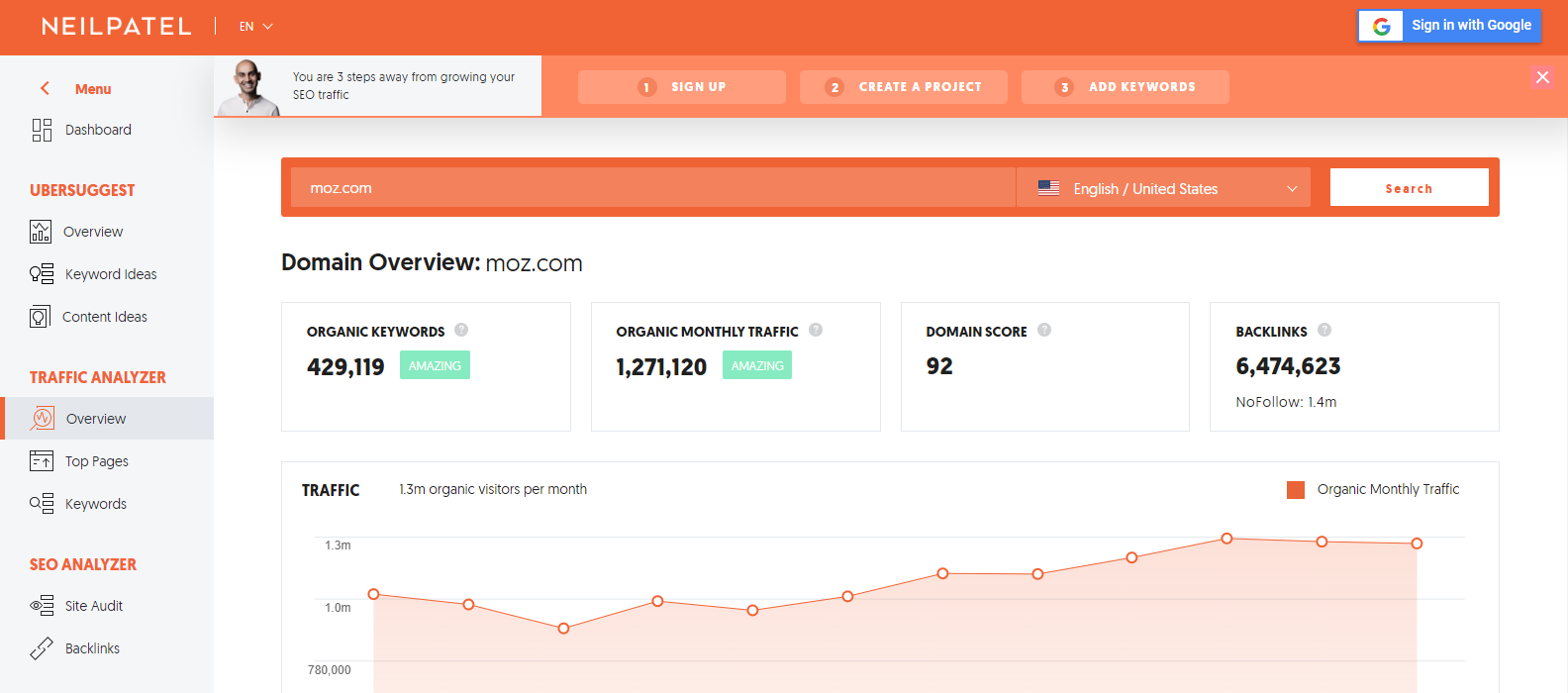
And if you enter a domain, instead of a keyword, it provides stats about the website, including top pages and keywords.
This makes Ubersuggest one of the best, free-to-use web analytics tools out there.



